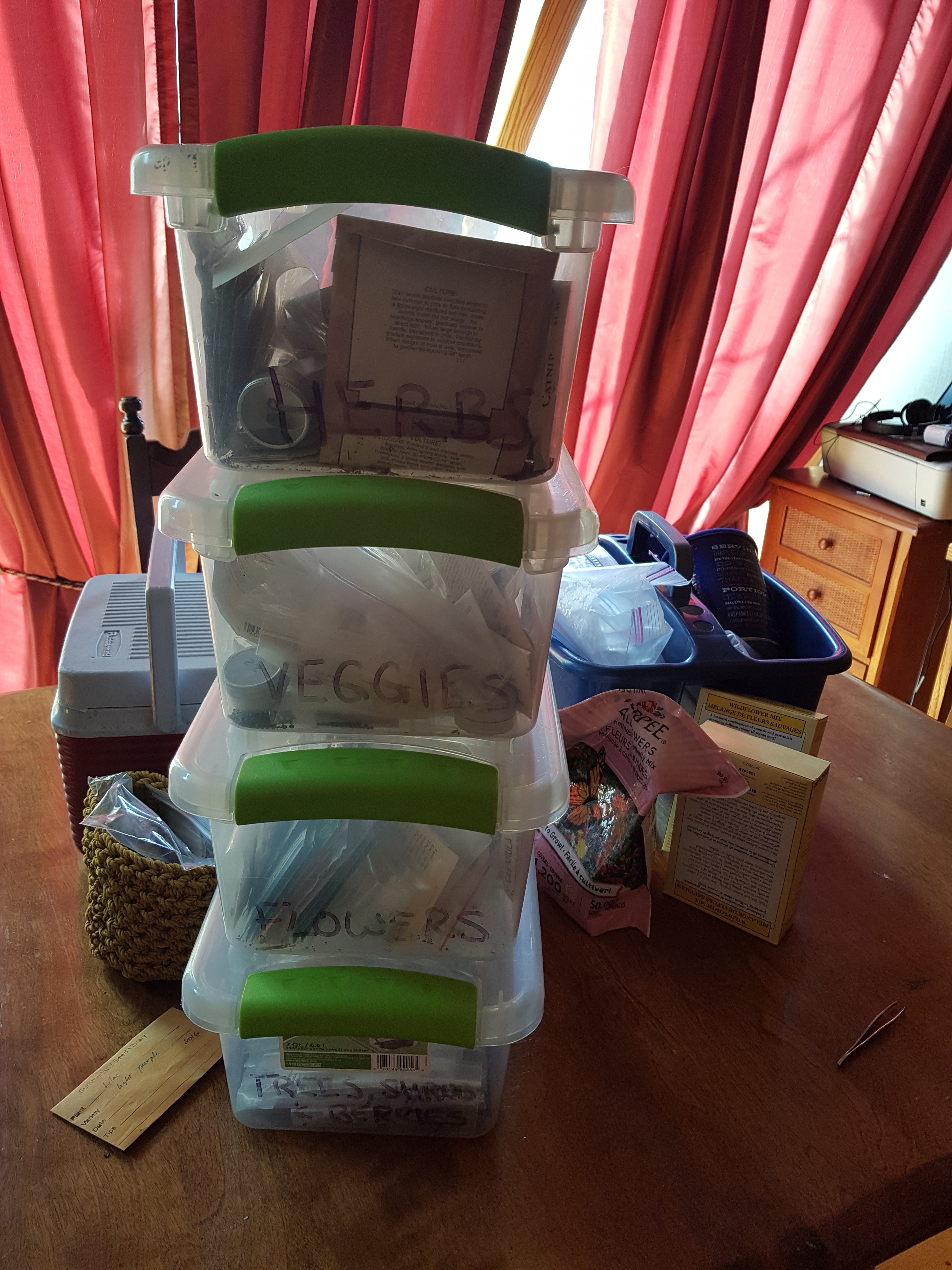
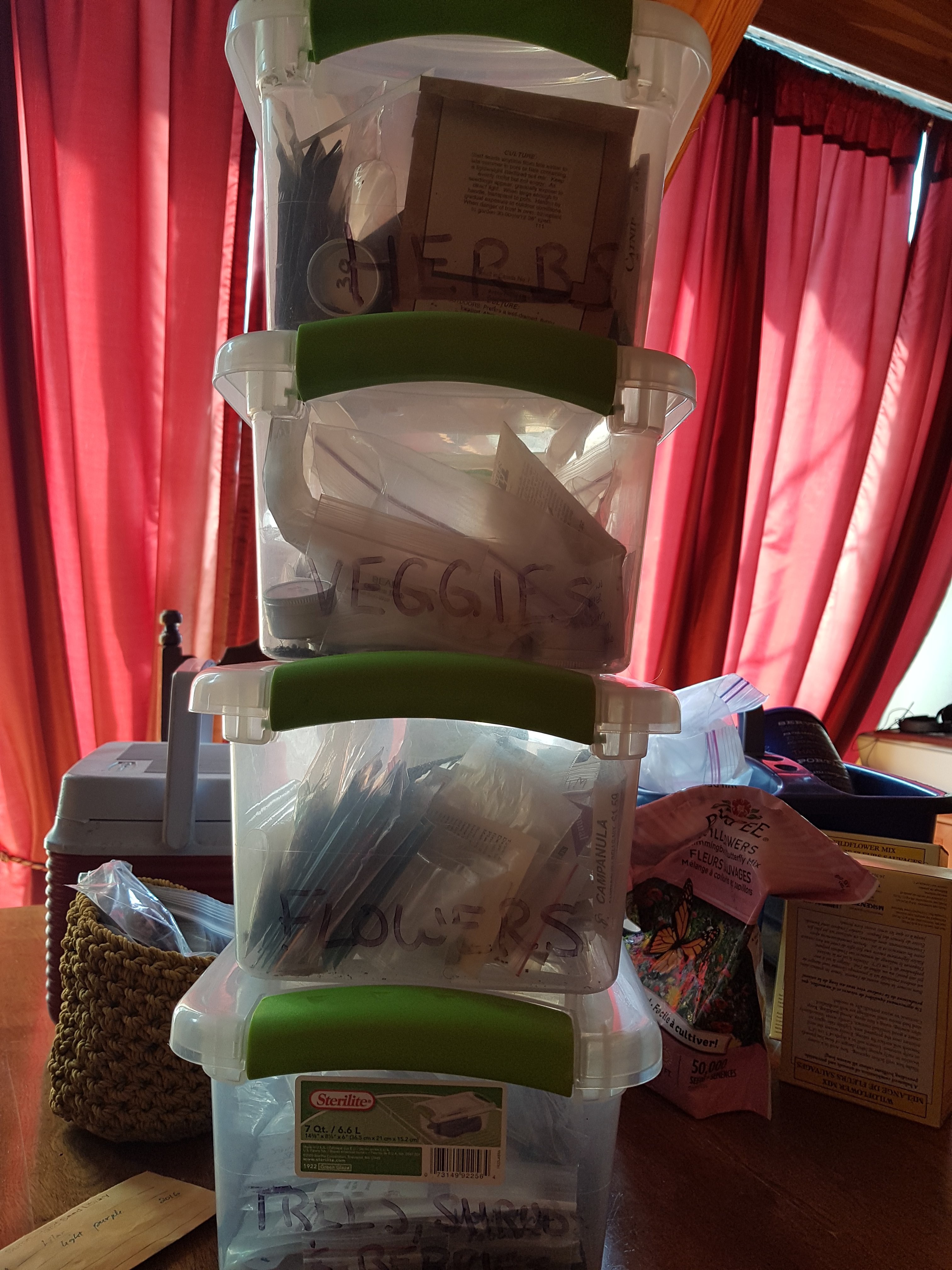
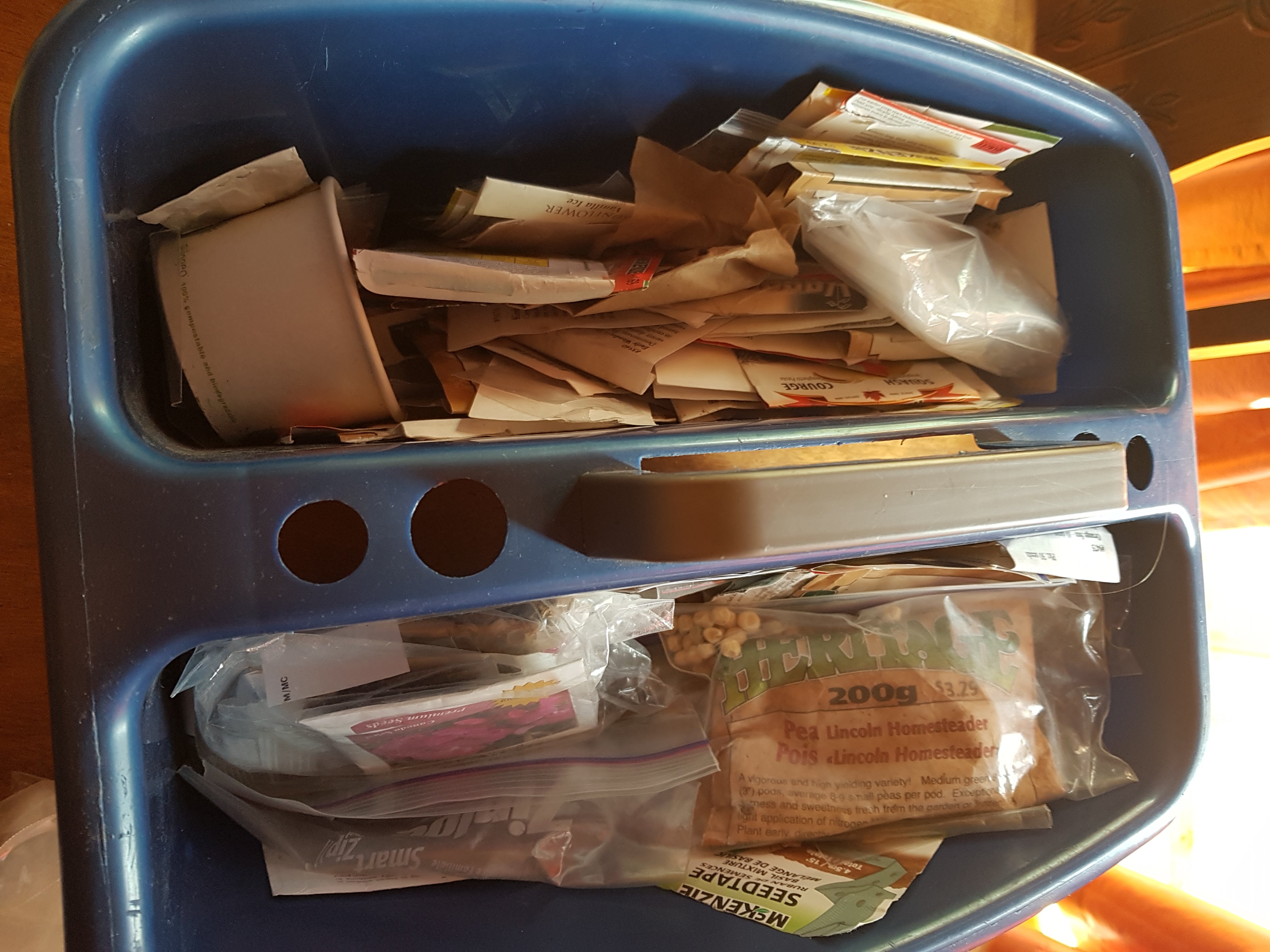
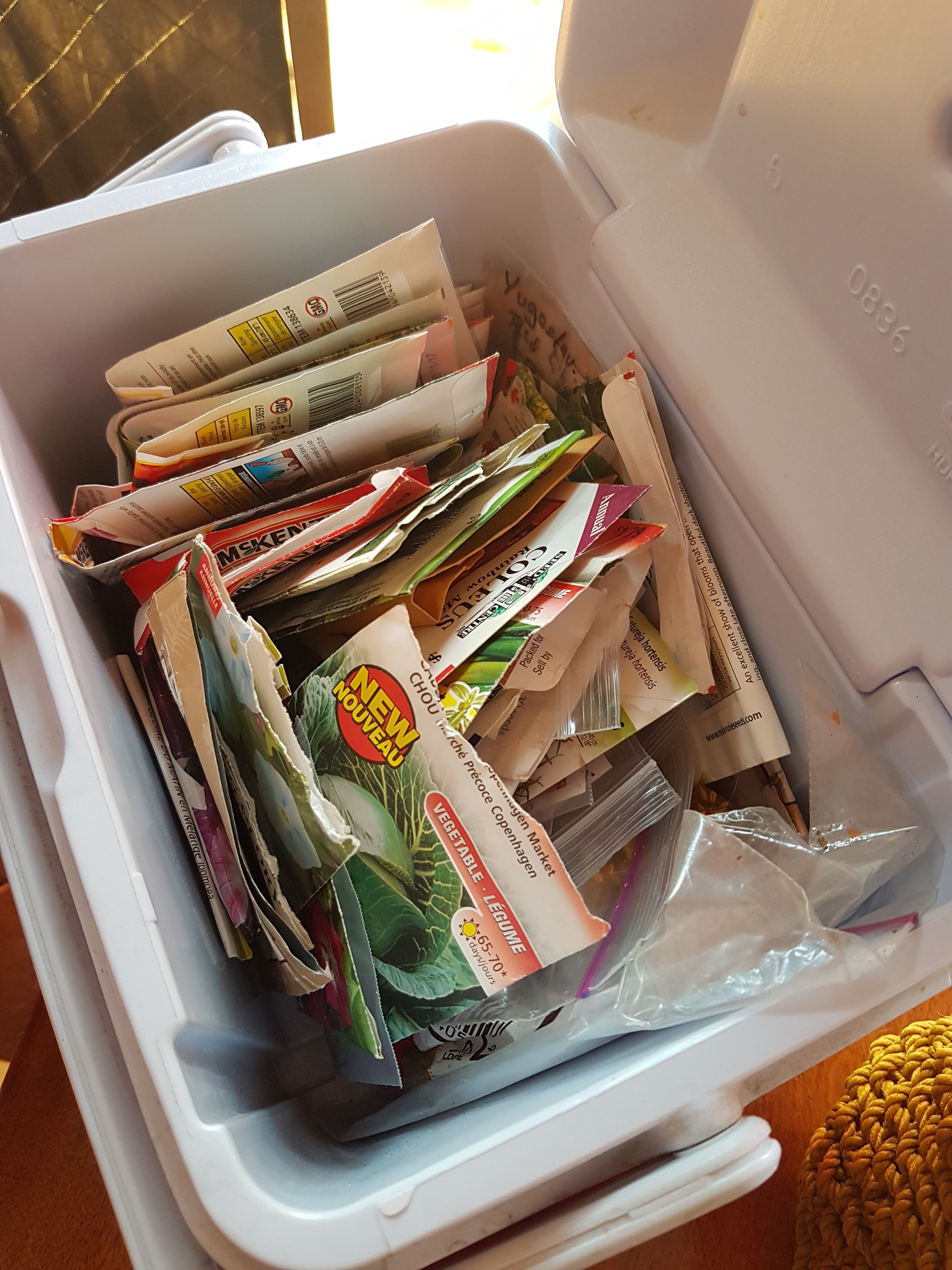
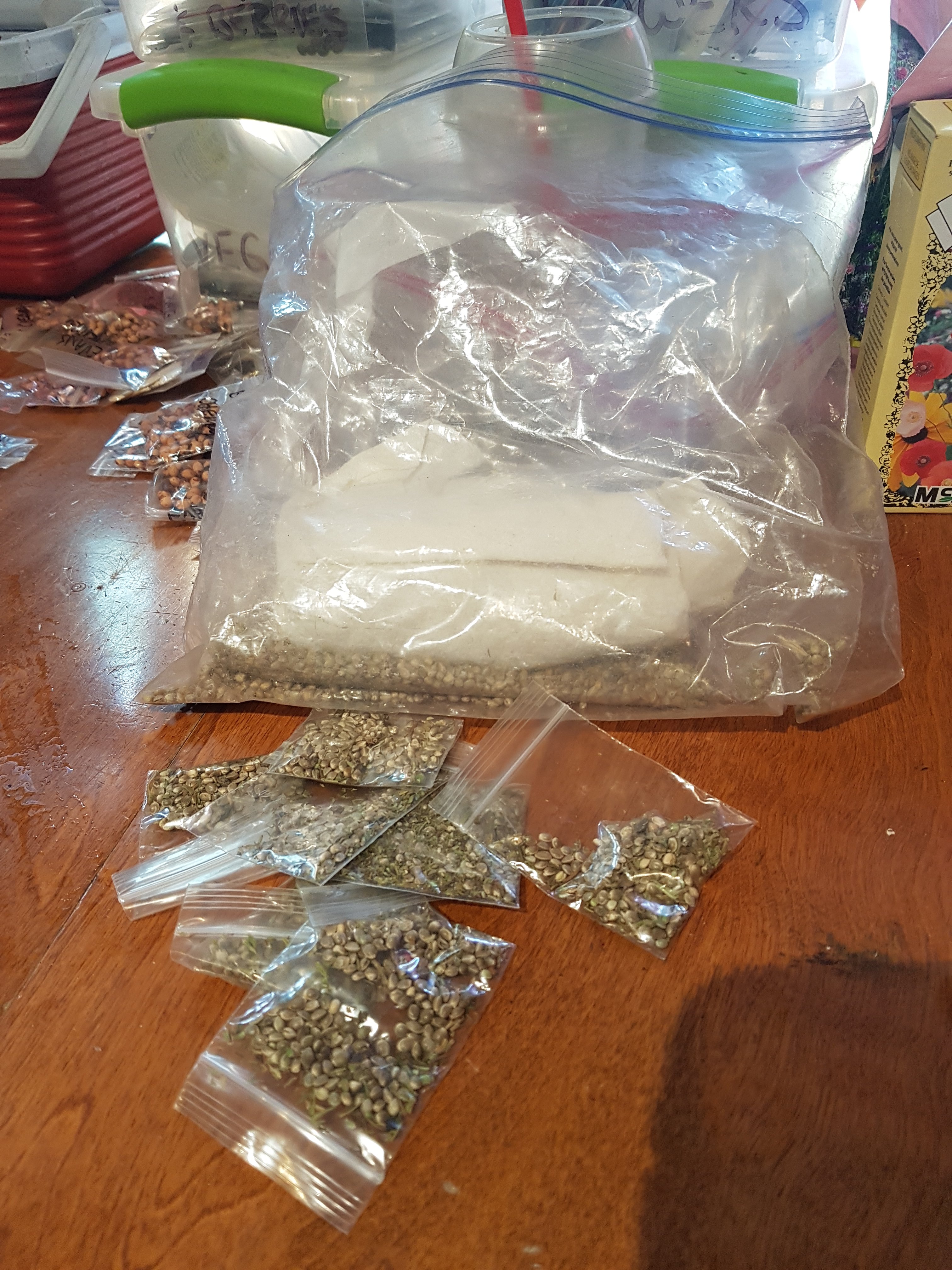
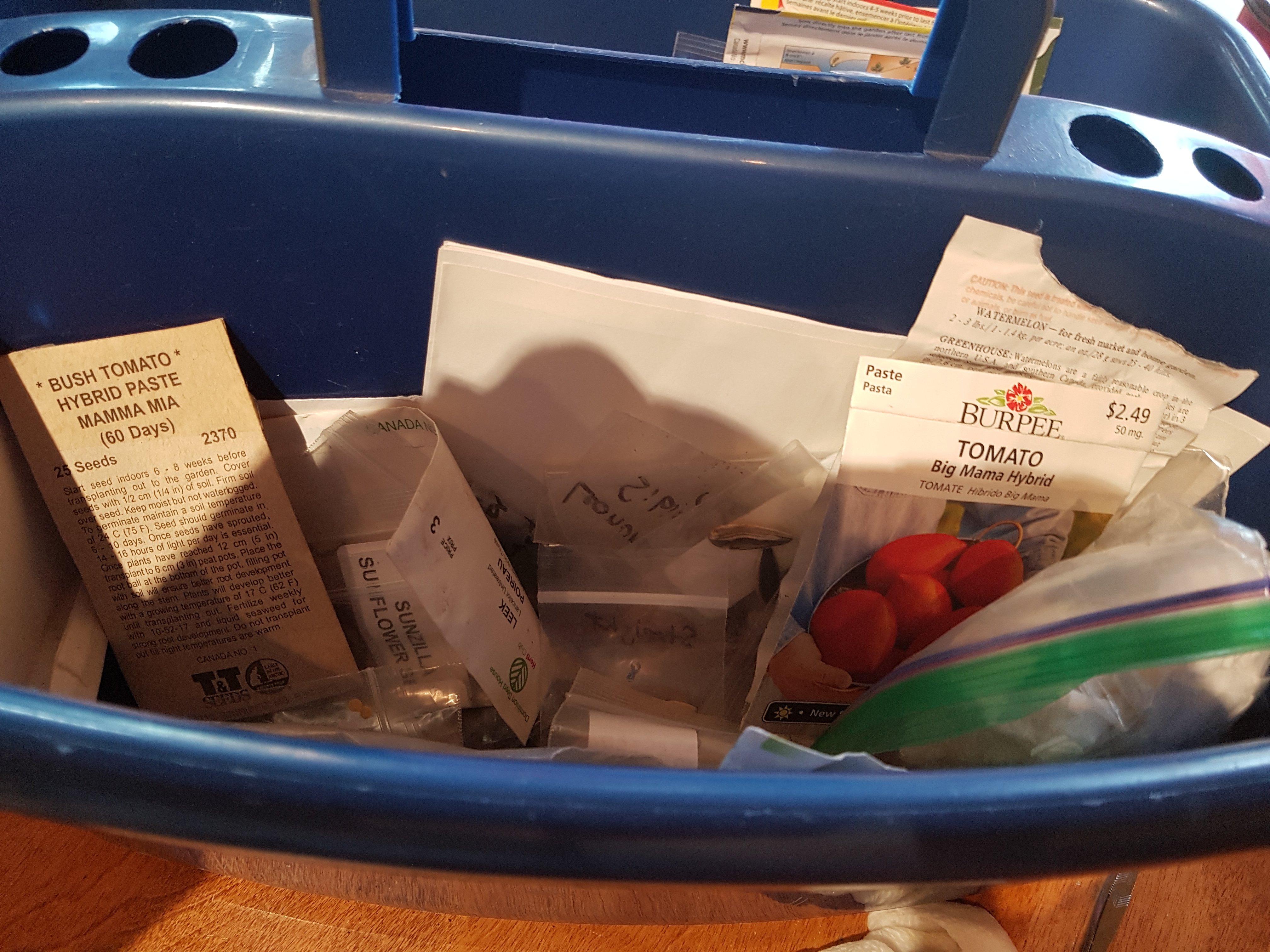
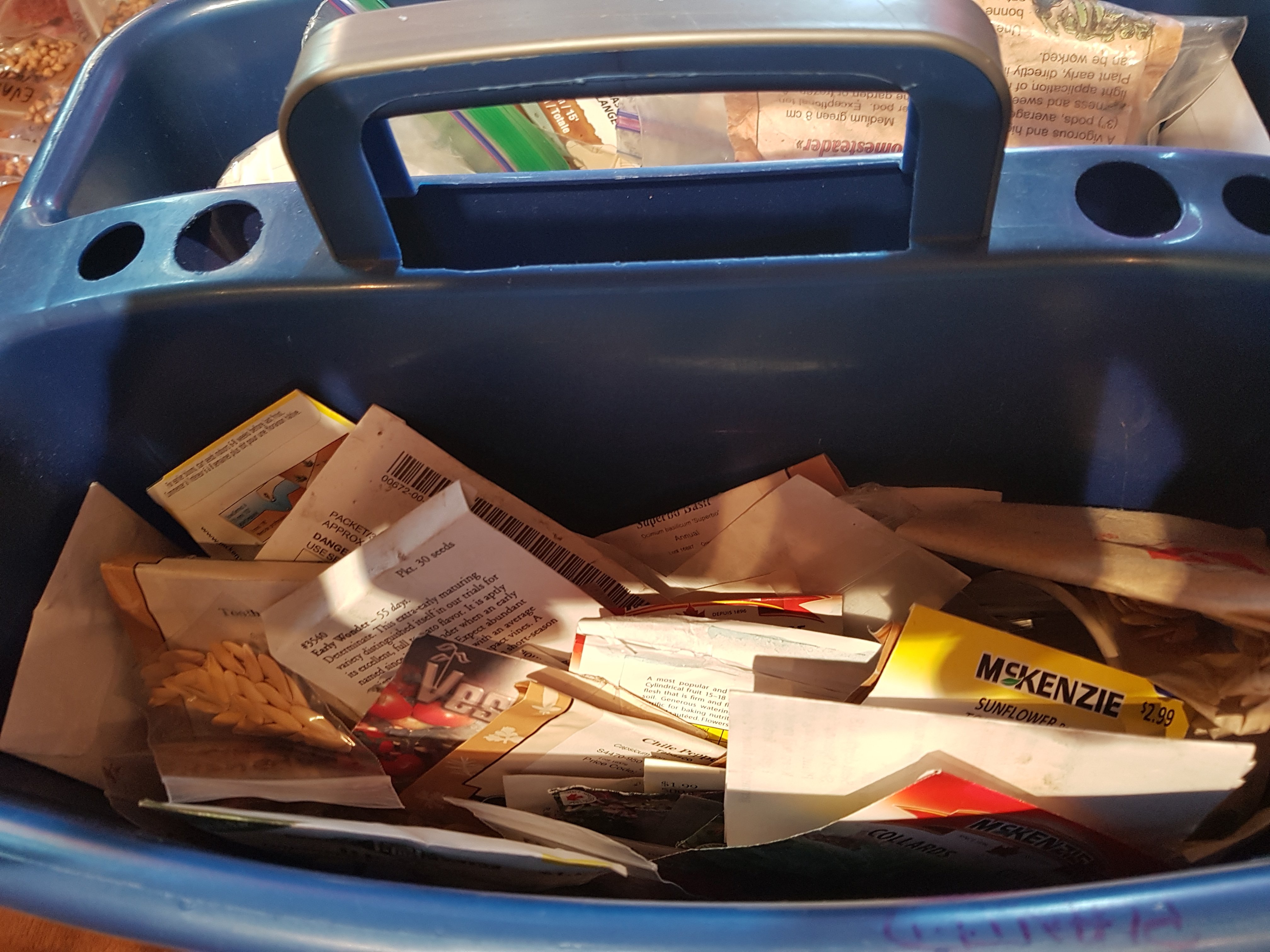
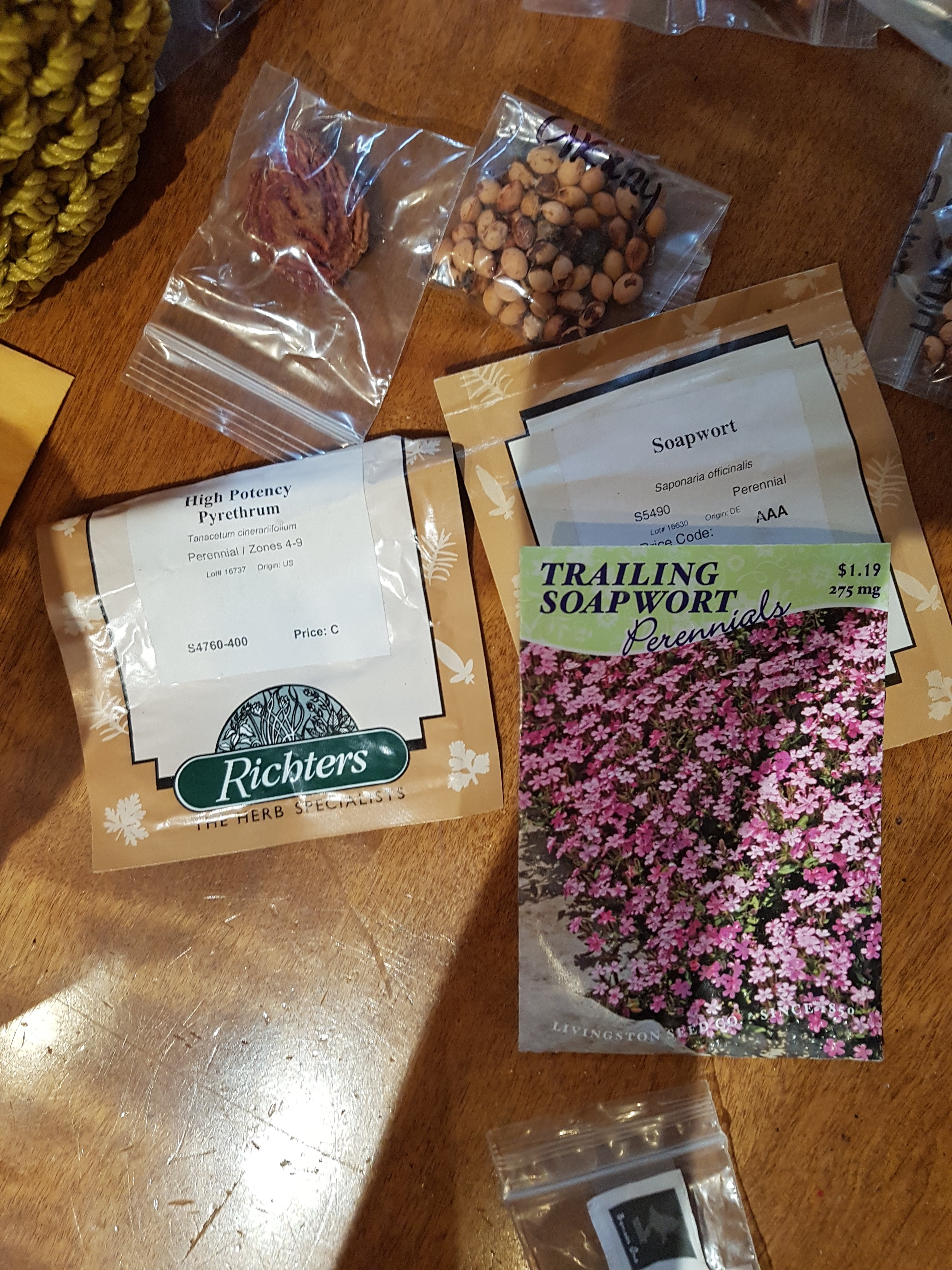
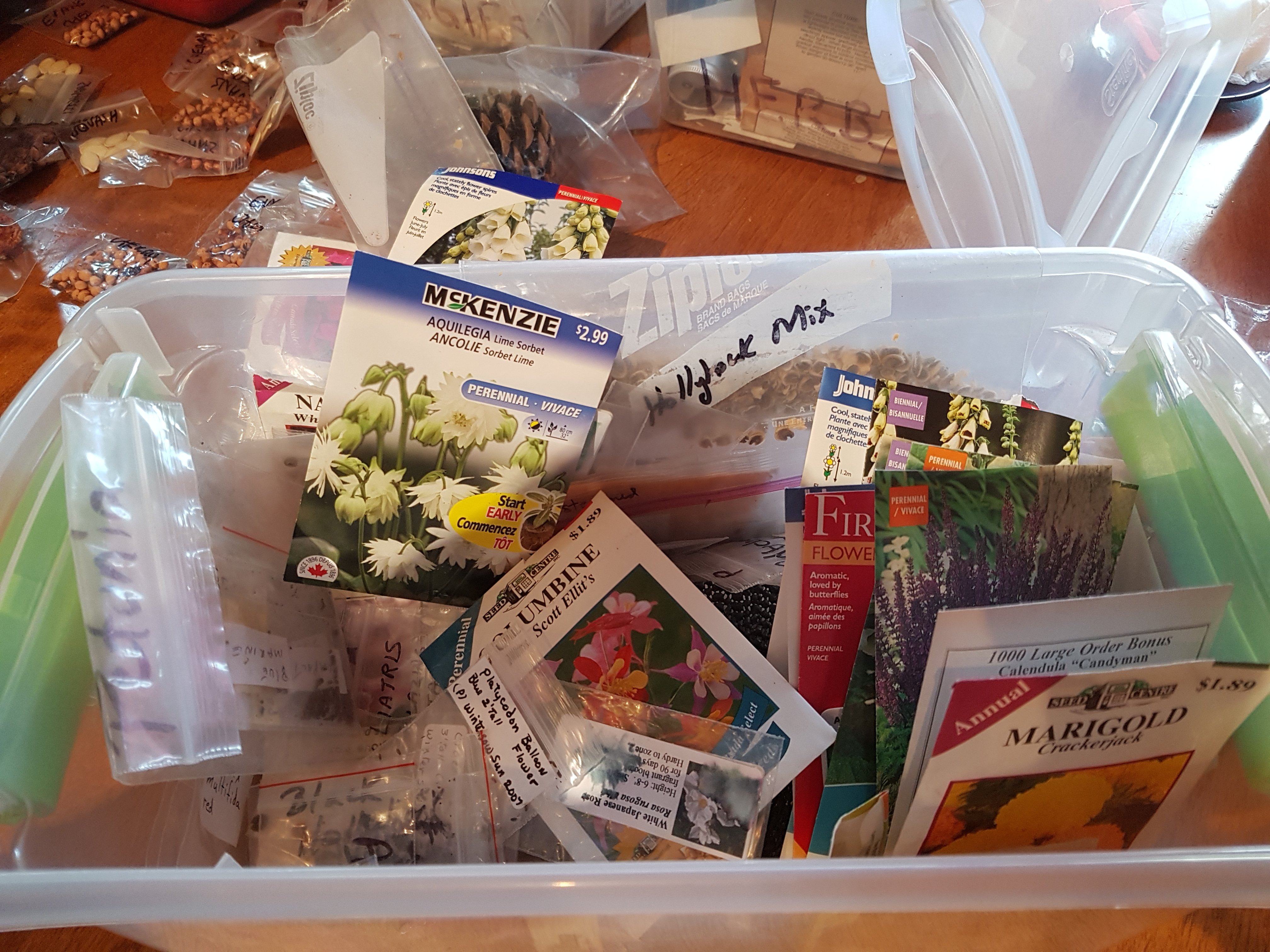
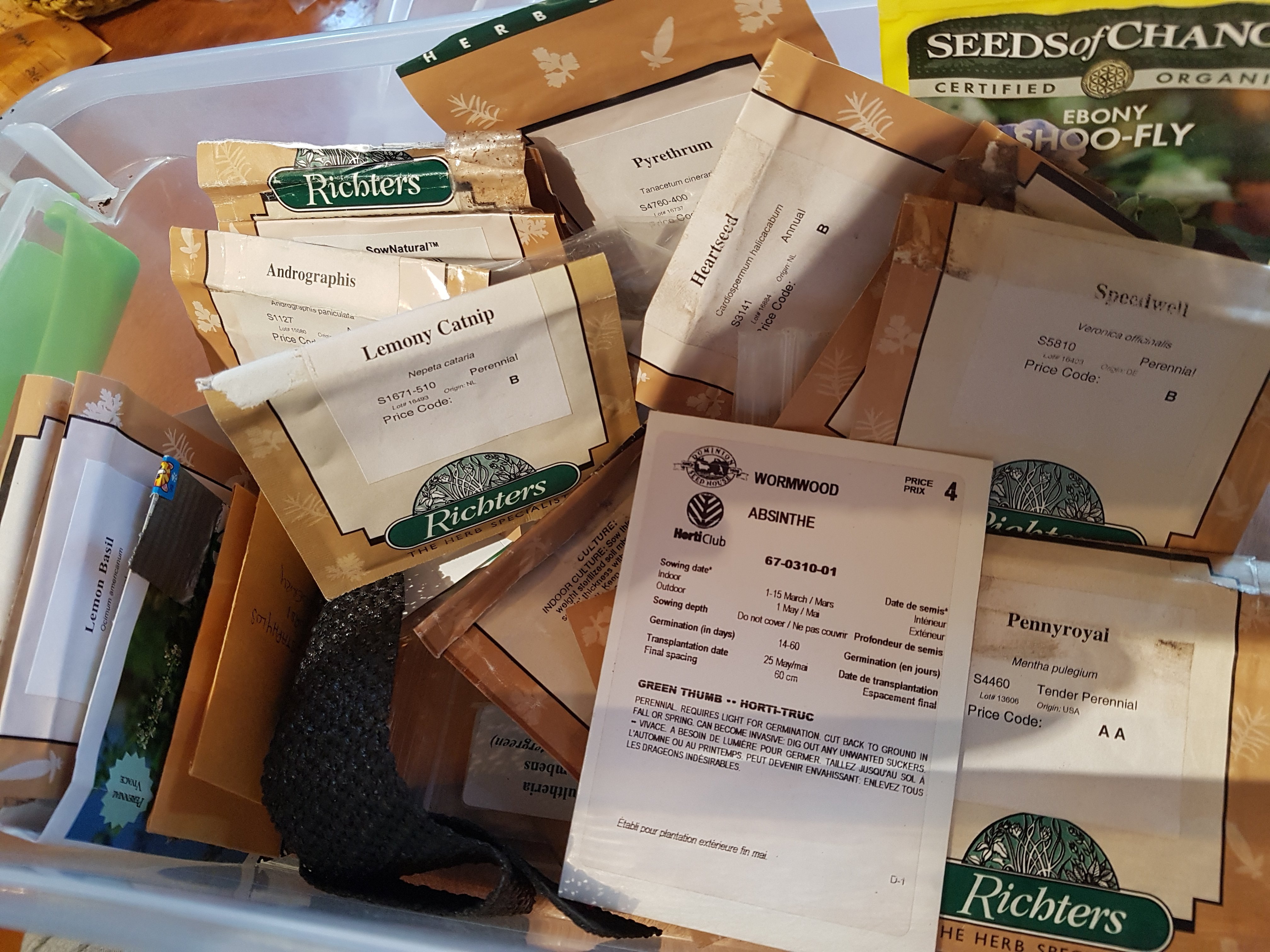
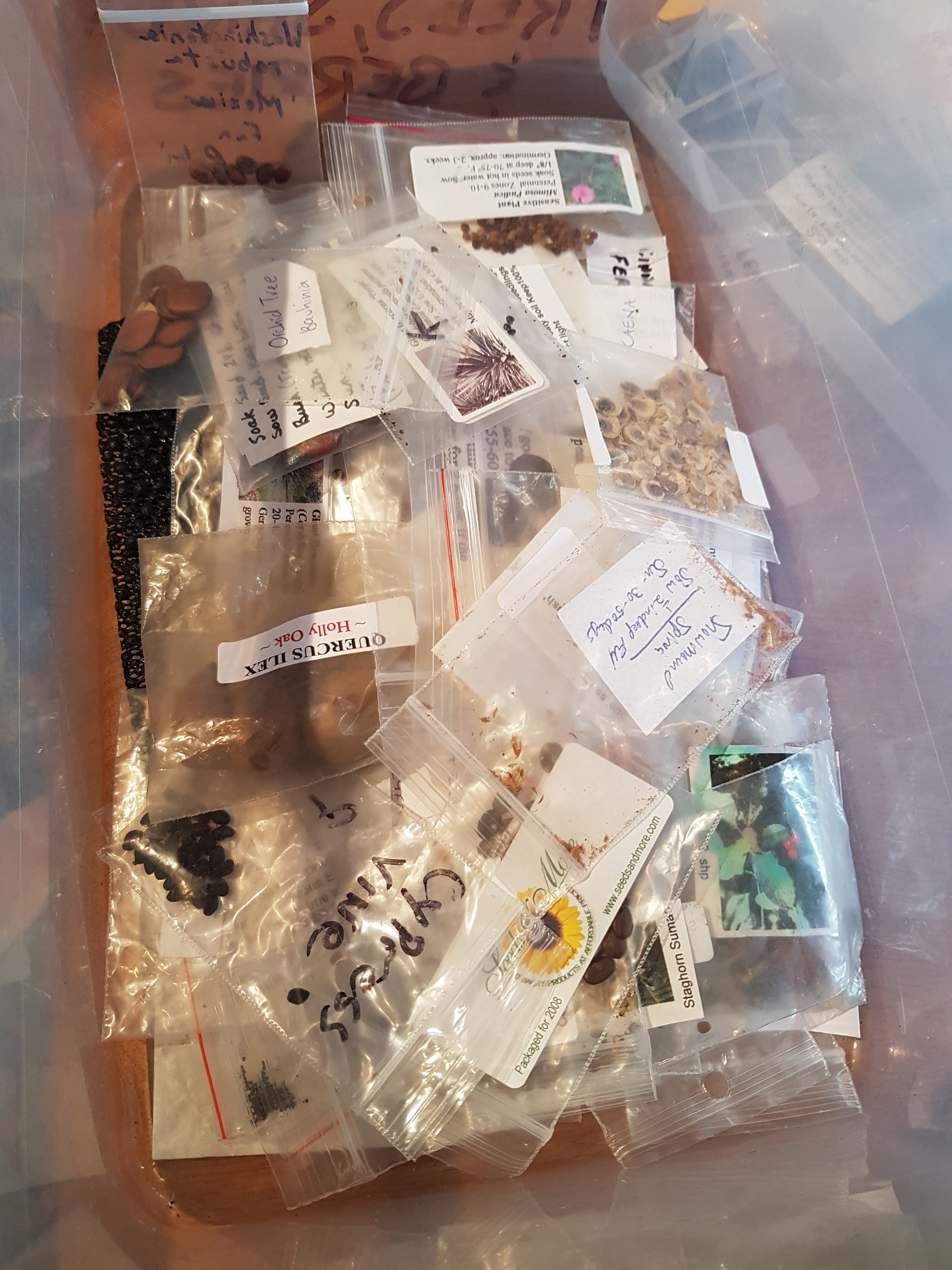
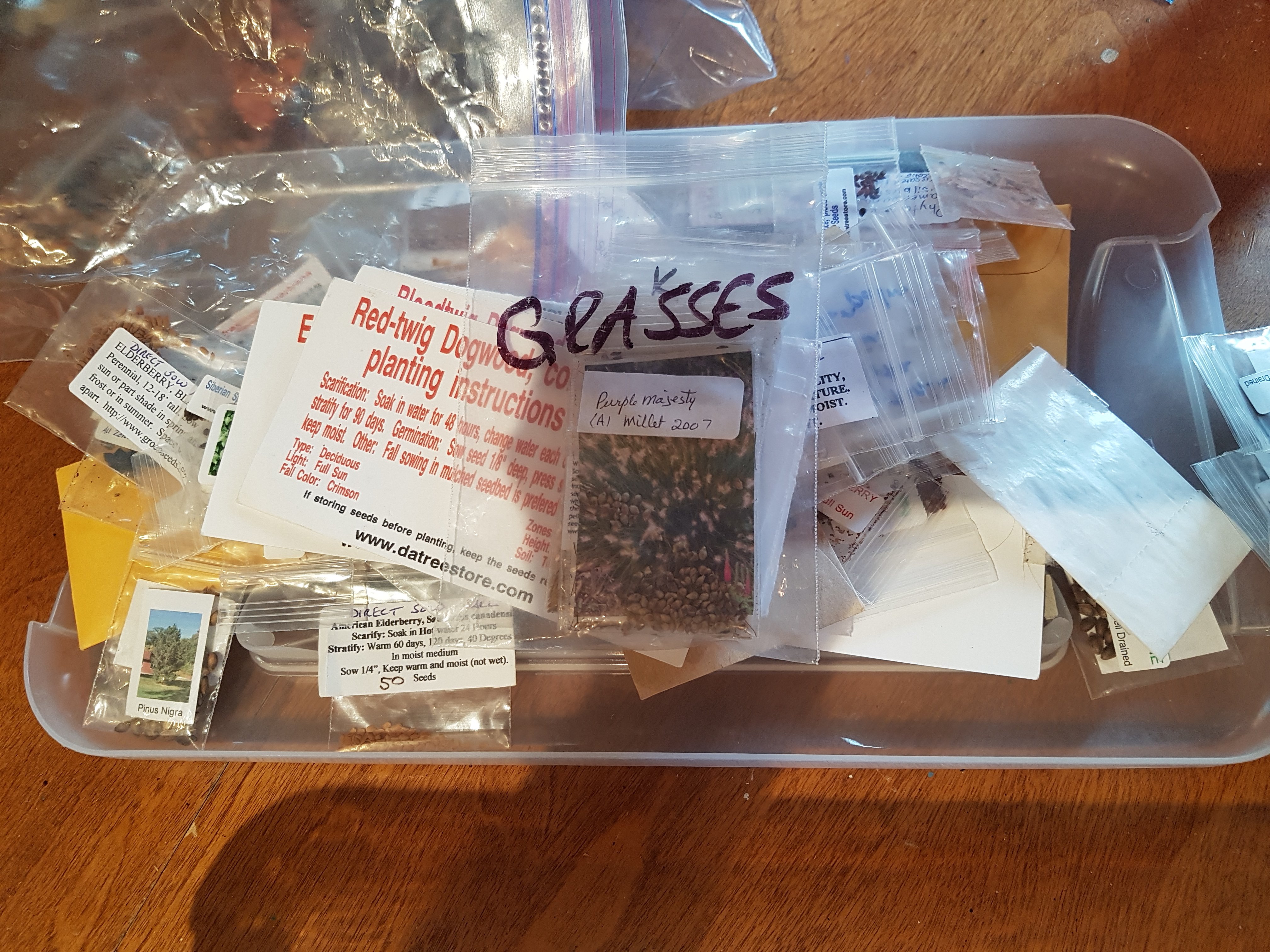
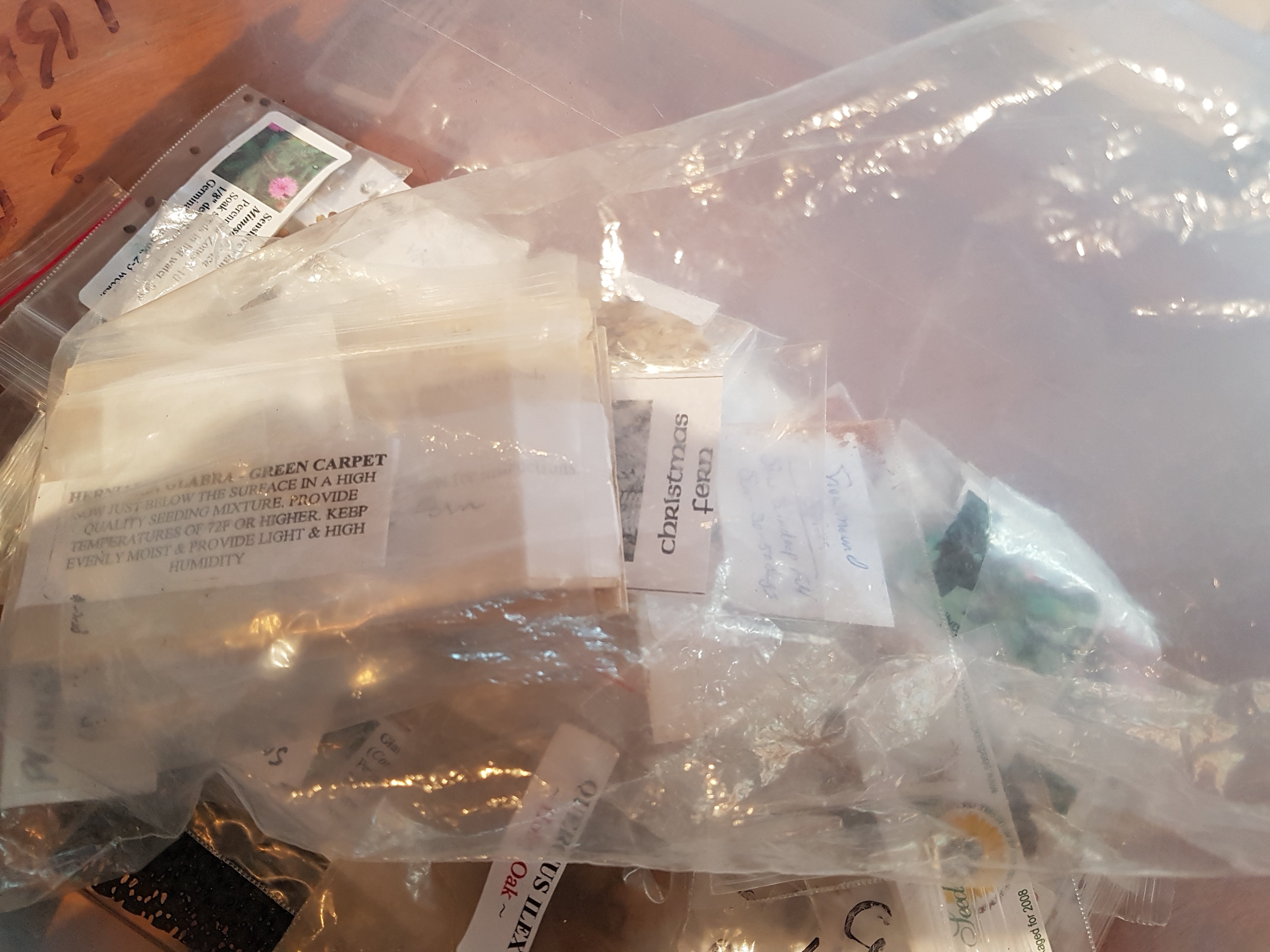
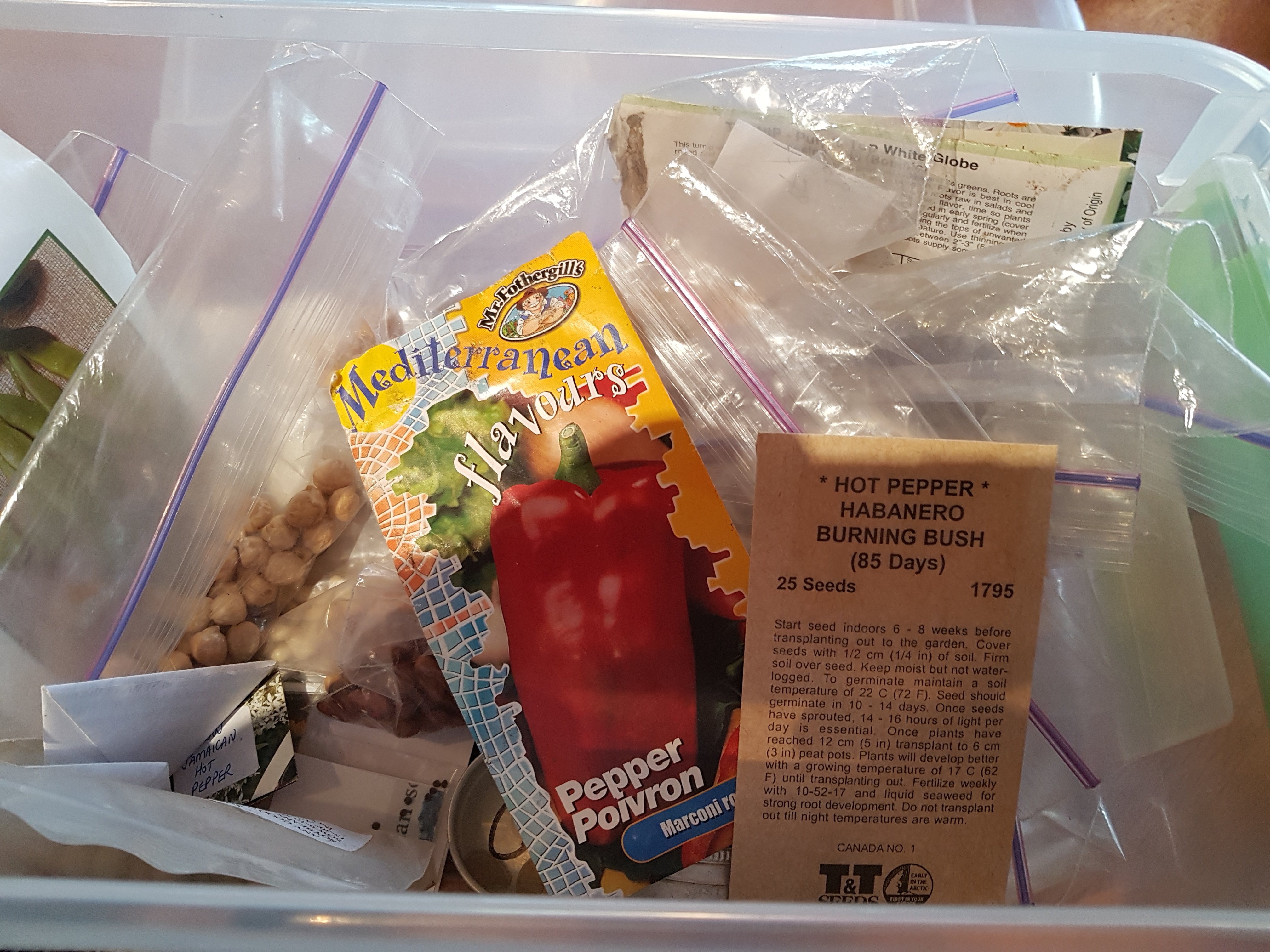
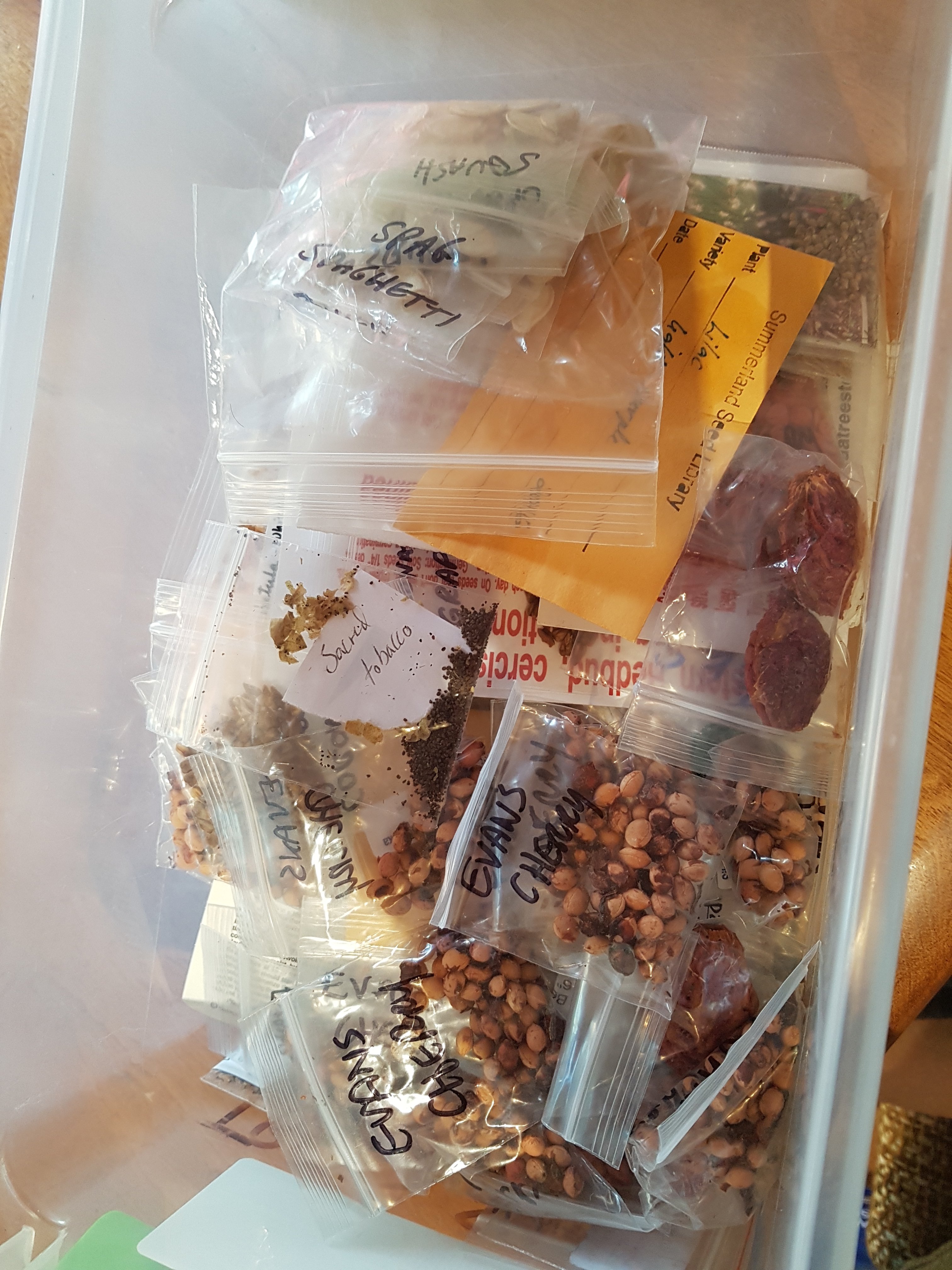
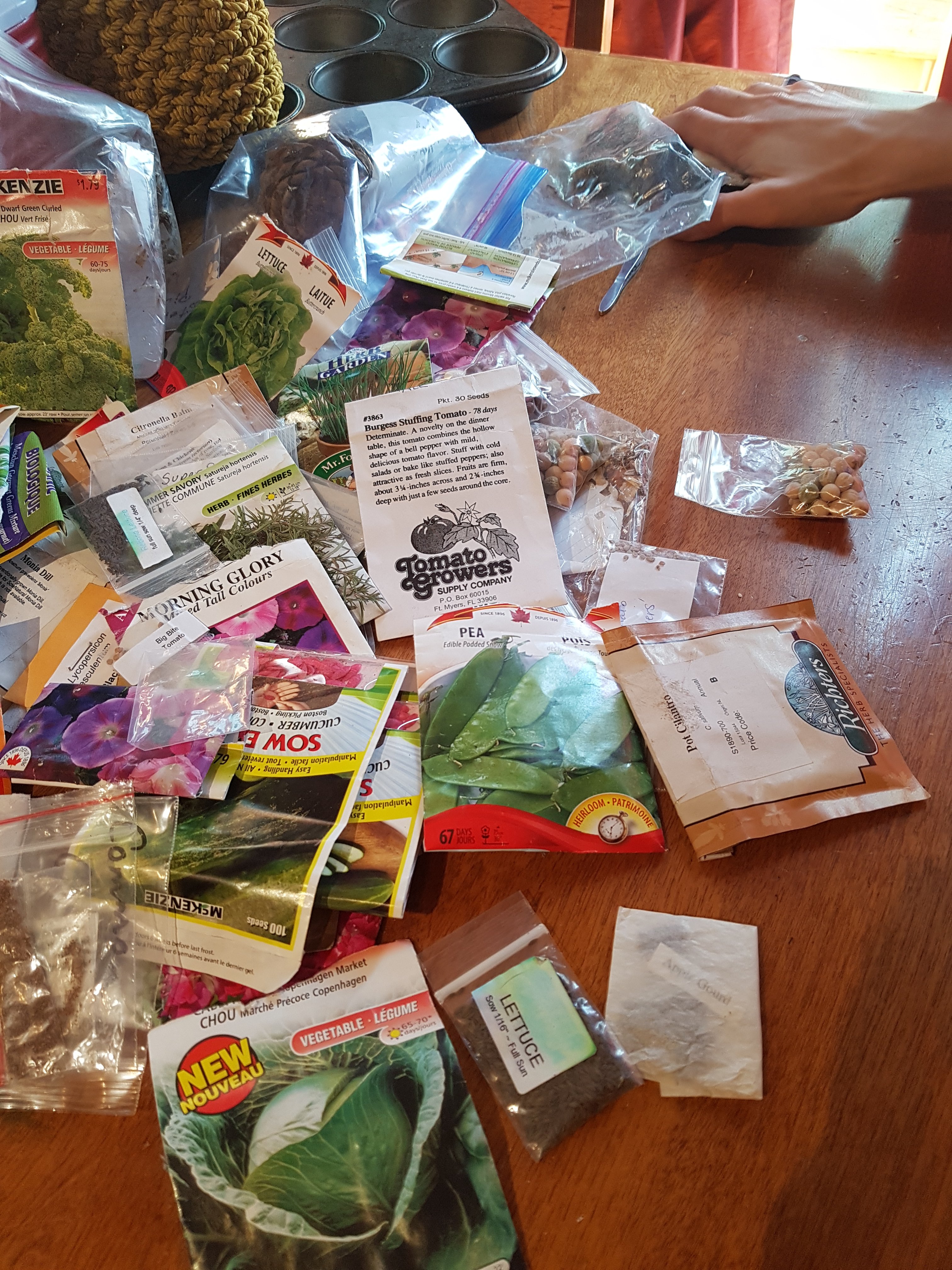
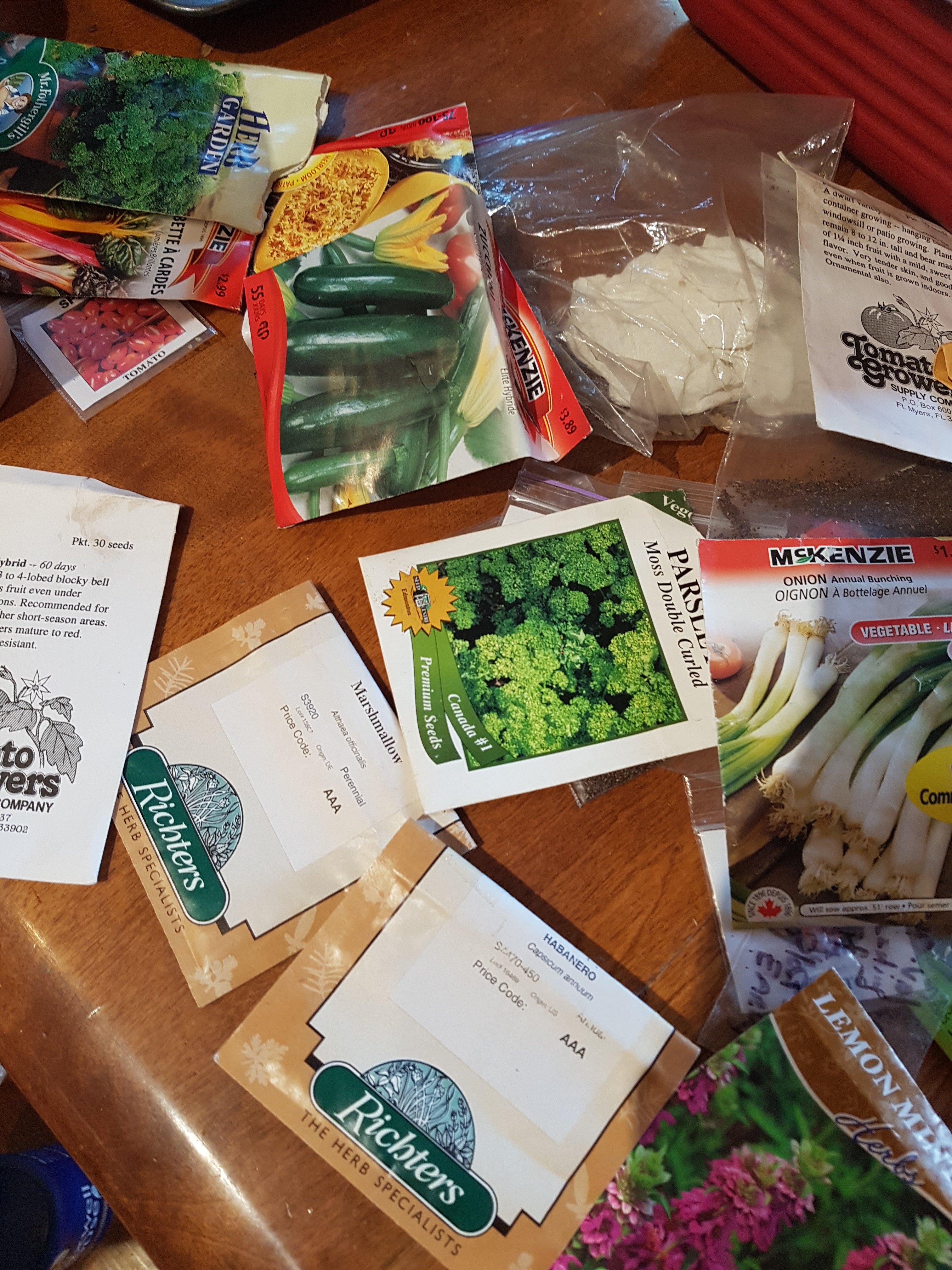
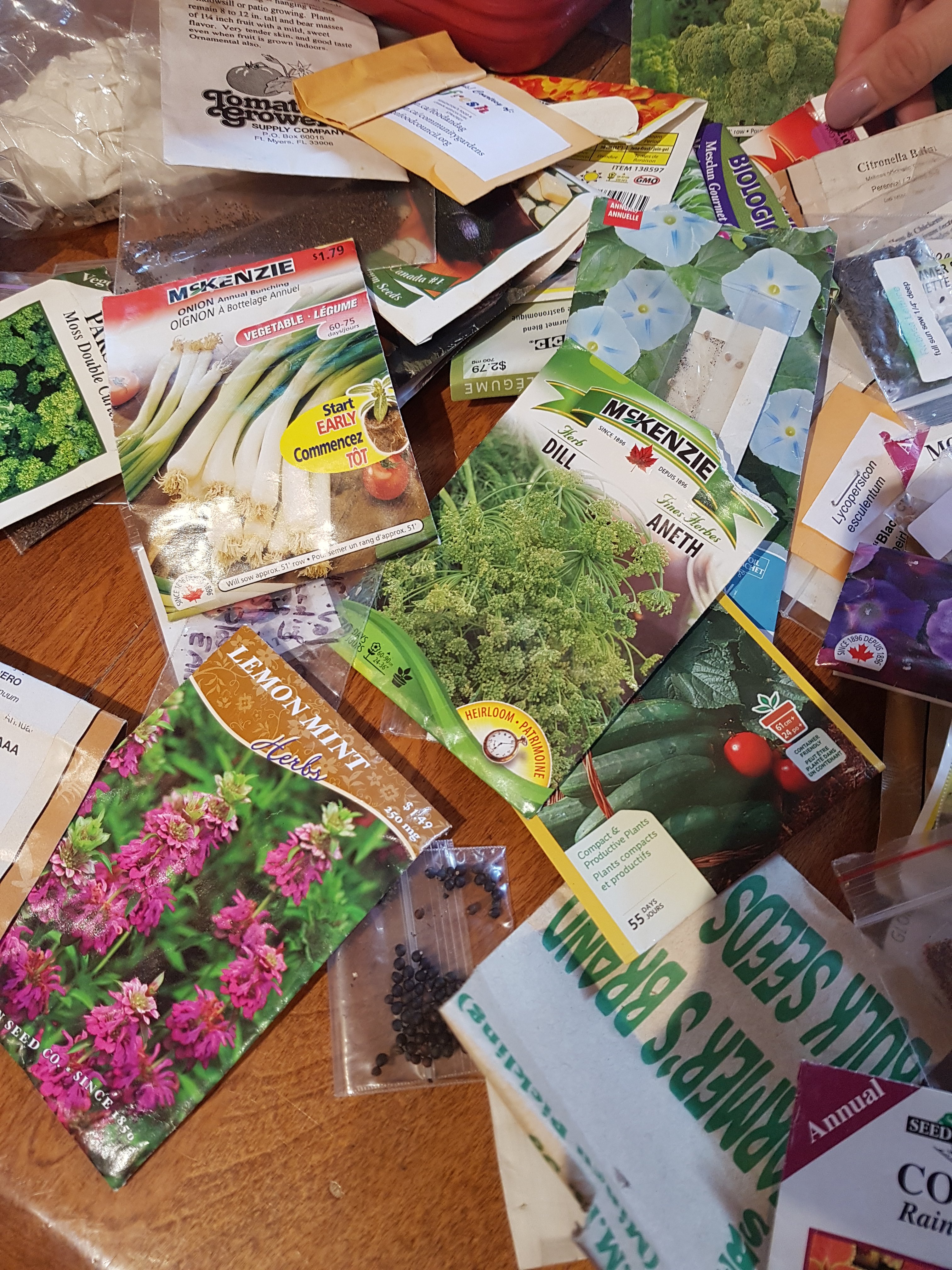
Category: Uncategorized
Cancer Curing Info
PDF’s
The Cure for Cancer – The Rick Simpson Protocol
How to Dissolve Energy Blocks in the Human Body
The Cancer Book
The Cancer Cure that Worked
Cancer Cures
Dr. Kelleys Cancer Cure
Black Salve – Bloodroot Salve Cancer Cure
Oil Pulling – Extra Virgin Organic Coconut Oil is excellent for OP
How to Cure Almost Any Cancer
I Beat Cancer
The Cancer Business
The Hidden Truth of Cancer
Papaya Leaf Cure
Calling of an Angel (Essiac Tea)
The Cure for All Diseases
EarthClinic.com’s Cancer Remedies Page – please note there are other sections on EarthClinic where people have tried other remedies for very specific types of cancer. You can find those sections here.
The Truth About Cancer website.
Bentonite Clay is another detox solution/cure…
You will have to use the search/find function on this page Bentonite Clay Info Testimonials to find more info.
This is where I get my clay from: www.bestbentonite.com
I have been using this clay for years. It is of excellent quality.
Marshall is the owner of Best Bentonite.
His email for shipping quotes and questions: marshall@bestbentonite.com
There is more info (pdfs, books, manuals etc.) on clay here:
http://
I hope all of this serves you well.
I wish you health & wellness,
KeeKee
xoxox
P.S. After reviewing all of the above, if you find that there is something that I neglected to add, please leave a comment below. Thank you.
Studies on the Harmful Impacts of GM Foods
Over 40 Rodent feeding studies find harm using varieties of genetically modified foods that are on the market today (Roundup Ready or Bt toxin insecticide producing). Harmful effects included: Stomach barrier damage, increased risk of intestinal infections, high cholesterol, high blood sugar; reproductive issues including lower birth weight and increased mortality of offspring; organ disturbances in the pancreas, liver, kidneys, adrenal glands, ovaries and testes; other disturbances including disturbances to the immune system, blood biochemistry and functioning of the digestive system. No wonder there is no consensus on the safety of GMO foods. We need to know if it’s GMO.
1. E. Abdo, et al. “Feeding Study with Bt Corn (MON810: Ajeeb YG) on Rats: Biochemical Analysis and Liver Histopathology,” Food and Nutrition Sciences, Vol. 5 No. 2, 2014, pp. 185-195.
2. Battistelli S., Baldelli B., Malatesta M. (2008), Influence of a GMO-containing diet on pancreatic acinar cells of adult mice: effects of a short-term diet reversion, “Microscopie”, 10, pp. 36-43
3. S. Battistelli, B.Citterio, B. Baldelli, C. Parlani, and M. Malatesta (2010) Histochemical and morpho-metrical study of mouse intestine epithelium after a long term diet containing genetically modified soybean Eur J Histochem. September 26;54(3): e36
4. Brasil FB, Soares LL, Faria TS, Boaventura GT, Sampaio FJ, Ramos CF.(2009) The impact of dietary organic and transgenic soy on the reproductive system of female adult rat. Anat Rec(Hoboken).292(4):587594.
5. B Cisterna, F Flach, L Vecchio, SML Barabino, S Battistelli, TE Martin, M Malatesta, M Biggiogera (2008) Can a genetically modified organism-containing diet influence embryonic development? A preliminary study on pre- implantation mouse embryos. Cisterna.Vol.52(4)
6. Joël Spiroux de Vendômois, François Roullier, Dominique Cellier, Gilles-Eric Séralini (2009) A Comparison of the Effects of Three GM Corn Varieties on Mammalian Health Int J Biol Sci; 5(7):706-726.
7. O. P. Dolaychuk, R. S. Fedoruk (2013) Biological Effects of Different Levels of Soybeans Conventional and Transgenic Varieties in the Second-Generation Female Rats Ration. The Animal Biology, 2013, vol. 15, no. 2
8. Thanaa A. El-Kholy, Mohammad Abu Hilal, Hatim Ali Al-Abbadi, Abdulhalim Salim Serafi, Ahmad K. Al-Ghamdi, Hanan M. Sobhy and John R. C. Richardson (2014) The Effect of Extra Virgin Olive Oil and Soybean on DNA, Cytogenicity and Some Antioxidant Enzymes in Rats. Nutrients, 6(6), 2376-2386
9. El-Shamei ZS et al. Histopathological changes in some organs of male rats fed on genetically modified corn (Ajeeb YG). J Am Sci. 2012;8(10):684–696.
10. Ermakova IV (2006) Genetically modified soy leads to weight loss and increased mortality of pups of the first generation. Preliminary studies. EkosInform. Federal Environmental Law Gazette. a | -1,, p. 4-10.
11. Ermakova IV (2007) New data on the impact of GMOs on
physiological state and the higher nervous activities mammals. All-Russia Symposium TRANSGENIC PLANTS AND BIOSAFETY Moscow, October 22 – 25, pages 38-39
12. Irina Ermakova (2007) GM soybeans—revisiting a controversial format NATURE BIOTECHNOLOGY VOLUME 25 NUMBER 12 DECEMBER 1351-1354
13. Ermakova IV, IV Barskov (2008) Study of the physiological and morphological parameters in rats and their offspring using a diet containing soybean transgenic EPSPS CP4 Biological sciences. 6. p.19-20.
14. Ermakova IV (2009) Influence of soybean gene EPSPS CP4 on the physiological state and reproductive functions of rats in the first two generations Contemporary Problems in Science and Education Number 5, p.15-20. http://www.science-education.ru/33-1224
15. Finamore A, Roselli M, Britti S, Monastra G, Ambra R, Turrini A, Mengheri E. (2008) Intestinal and peripheral immune response to MON810 maize ingestion in weaning and old mice. J Agric Food Chem. Dec 10;56(23):11533-9.
16. Gab-Alla AA et al. Morphological and biochemical changes in male rats fed on genetically modified corn (Ajeeb YG). J Am Sci. 2012;8(9):1117–1123.
17. Т. V. Gorbach, I. U. Kuzminа, G. I. Gubina-Vakulik, N. G. Kolousova (2012) HORMONAL REGULATION OF SEXUAL FUNCTION AND OVARIAN HISTOLOGICAL FEATURES IN THE EXPERIMENT WITH GMO-SOYA USE IN FOOD. TAVRICHESKY LIFE SCIENCES BULLETIN 2012, Volume 15, № 2, Part 2 (58) pages 235-238
18. G.I. Gubin-Vakulik, S.A. Denisenko, T.V. Horbach, N.G. Kolousova, T.M. Popova (2012) MORPHOFUNCTIONAL STATE OF ADRENAL GLAND IN FEMALE RATS WISTAR WITH GENETICALLY MODIFIED SOY INCLUSION IN THE DIET. TAVRICHESKY LIFE SCIENCES BULLETIN 2012, Volume 15, № 3, Part 1 (59) pages 85-88
19. GI-Gubin VAKULIK TV, GORBACH BB, NG KOLOUSOVA HS, GOPKALOV (2013) THE METABOLIC AND HISTOLOGICAL CHANGES OF KIDNEYS IN FEMALE RATS AND THE FIRST GENERATION AFTER CONSUMPTION OF GENETICALLY MODIFIED SOYBEANS. SCIENTIFIC STATEMENTS Series Medicine. Pharmacy. 2013. № 11 (154). Issue 22 pages 150-155
20. G.I. Gubina-Vakulik, S.A. Denisenko, T.V. Gorbach, N.G. Kolousova, A.V. Andreev (2014) Morphofunctional Adrenal State in Adults Descendants With the Diet by Genetically Modified Soy. ЕКСПЕРИМЕНТАЛЬНА І КЛІНІЧНА МЕДИЦИНА. 2014. № 2 (63)
21. SERDAR KARAKUŞLU (2014) THE INVESTIGATION OF THE POTENTIAL EFFECTS OF GENETICALLY MODIFIED (GMO) MAIZE (Zea mays L.) ON SWISS ALBINO MICE. JUNE 2014, 25 Pages
22. Kiliç A, Akay MT. (2008) A three generation study with genetically modified Bt corn in rats: Biochemical and histopathological investigation. Food Chem Toxicol. 2008 Mar;46(3):1164-70.
23. Hasan Kiliçgün, Cebrail Gürsul, Mukadder Sunar, Gülden Gökşen (2013) The Comparative Effects of Genetically Modified Maize and Conventional Maize on Rats J Clin Anal Med ;4(2): 136-9
24. MA Konovalova, VA Blinov (2006) Influence of genetically modified soybean in mice and their offspring . Commercial Biotechnology 2006
25. Konovalova, MA, VA Blinov (2007) Morphometric parameters and features of the spectrum Blood enzymes mice receiving GENETICALLY MODIFIED SOY. All-Russia Symposium TRANSGENIC PLANTS AND BIOSAFETY Moscow, October 22 – 25, page 48
26. Konovalova MA, Potemkin EG (2007) Influence of genetically modified soybean on transport of carbohydrates in tissue.
27. Kuzmin, J. Yu, A. Kuzmin, and N. Pasieshvili (2012) Histological and Hormonal Features of Ovaries in an Experiment at Application of GMO-Soya in Nutrition. Journal of Research. 2012. № 4
28. Magaña-Gómez JA, Cervantes GL, Yepiz-Plascencia G, de la Barca AM. (2008) Pancreatic response of rats fed genetically modified soybean J Appl Toxicol. Mar;28(2):217-26.
29. Malatesta M, Caporaloni C, Gavaudan S, Rocchi MB, Serafini S, Tiberi C, Gazzanelli G. (2002) Ultrastructural morphometrical and immunocytochemical analyses of hepatocyte nuclei from mice fed on genetically modified soybean. Cell Struct Funct. Aug;27(4):173-80.
30. Manuela Malatesta, Chiara Caporaloni, Luigia Rossi, Serafina Battistelli, Marco BL Rocchi, Francesco Tonucci, and Giancarlo Gazzanelli (2002) Ultrastructural analysis of pancreatic acinar cells from mice fed on genetically modified soybean J Anat. November; 201(5): 409–415
31. Malatesta M., Biggiogera M., Manuali E., Rocchi M.B., Baldelli B., Gazzanelli G.(2003) Fine structural analysis of pancreatic acinar cell nuclei from mice fed on GM soybean. Eur J Histochem. 47,3858.
32. Malatesta M, Tiberi C, Baldelli B, Battistelli S, Manuali E, Biggiogera M. (2005) Reversibility of hepatocyte nuclear modifications in mice fed on genetically modified soybean. Eur J Histochem. Jul-Sep;49(3):237-42.
33. Malatesta M, Boraldi F, Annovi G, Baldelli B, Battistelli S, Biggiogera M, Quaglino D. (2008) A long-term study on female mice fed on a genetically modified soybean: effects on liver ageing. Histochem Cell Biol. Nov;130(5):967-77.
34. Maligin AG, Ermakova IV (2008) Soy diet suppresses reproductive function rodents. Modern problems of science and education № 6. (Annex “Biological sciences”). – C. 26
35. Nazarova AF, Ermakova IV (2010) Effect of soy diet on reproductive function and testosterone levels in rats and hamsters. Academy Trinitarism, № 77-6567, publ.15788, 12.02.
36. SG Nimbueva, R. Shirokov, SA Polyakov, SD Evgaldaev (2012) Influence of long term use of genetically modified soybeans on some morphofunctional indicators in pancreas of rats in the experiment. Articles XVII International Ecological Student Conference “Ecology Russia and adjacent territories “: in 2 volumes. Volume 2 / Novosibirsk State. Univ. Novosibirsk, 2012. Pages 119-120.
37. Oliveri et al (2006) Temporary depression of transcription in mouse preimplantation embryos from mice fed on genetically modified soybean. 48th Symposium of the Society for Histochemistry. Lake Maggiore(Italy), Sept.7- 10.
38. Hanaa ORABY, Mahrousa KANDIL, Nermeen SHAFFIE, Inas GHALY (2014) Biological impact of feeding rats with a genetically modified-based diet. Turk J Biol (2014) 38:
39. Séralini GE, Cellier D, de Vendomois JS.(2007) New analysis of a rat feeding study with a genetically modified maize reveals signs of hepatorenal toxicity. Arch Environ Contam Toxicol. May;52(4):596-602.
40. Gilles-Eric Séralini, Emilie Clair, Robin Mesnage, Steeve Gress, Nicolas Defarge, Manuela Malatesta, Didier Hennequin and Joël Spiroux de Vendômois (2014) Republished study: long-term toxicity of a Roundup herbicide and a Roundup-tolerant genetically modified maize. Environmental Sciences Europe , 26:14
41. AV Surov, NY Feoktistov, MV Ushakov, AV Gureeva (2010) Changing the physiological parameters of mammals feeding genetically modified ingredients of vegetable origin. Institution of the Russian Academy of Sciences Institute of Ecology and Evolution behalf ANSevertsov RAS (IEE RAS)
42. Vecchio L, Cisterna B, Malatesta M, Martin TE, Biggiogera M. (2004) Ultrastructural analysis of testes from mice fed on genetically modified soybean. Eur J Histochem. Oct-Dec;48(4):448-54.
43. Irena M Zdziarski, John W Edwards, Judy Carman, Adrian Jones, Marni Spillanie, Ysabella Van Sebille, Julie I Haynes (2012) GM feed and its effect on the stomach mucosa of rat. 6th Australian Health and Medical Research Congress 2012
44. ZHOU Ze-wei et al. (2012) Comprehensive Evaluation on Functions & Safety of Imported GM Soybean Using BDI-GS System Soybean Science Oct. Vol. 31 No 5
Wood Working & Building with Pallets
Woodworking for Amateur Craftsmen
Wood Chisels
Wood Carving
Wood Carving Tools
The Wood Carving Handbook
Things to Make in Your Own Home Workshop
The Complete Illustrated Guide to Working with Wood
The Complete Guide to Wood Turning
The Art of Segmented Wood Turning
Shaping Wood
Outdoor Wood Projects
Make Your Own Sculpting Tools
Jigs & Fixtures
Carpentry
37 Simple Stylish Backyard Projects
Pallet Coffee Table with Lift and Landing Gear
Wood Pallet Projects
Chic Pallet Furniture
Pallets
Pallets – Bringing Wood to Life
Wood Waste Furniture
Must Have Literary Resources
Restoring Soil Nutrients
Restoring Soil Nutrients
Here are twelve critical soil nutrients your plants need for healthy growth and how to supply them.
June/July 1994
http://www.motherearthnews.com/organic-gardening/soil-nutrients-zmaz94jjzraw.aspx
By Jim Hildreth
Your garden will thrive with the right balance of soil nutrients.
Summer puts soil fertility to the test. Intensive plantings of warm-weather crops remove nutrients at a fast clip, and when plants hunger, you should be the first to know it’s feeding time. Replacing soil nutrients keeps plants happy right up to the harvest.
I keep a watchful eye on plants when the weather becomes hot. Anything less than vigorous, lush growth raises suspicion and when leaves become discolored or misshapen, I take action. A first step might be a general feeding by scratching leaf mold into the soil. Summer is a bit early for gathering leaf mold, but there’s usually some available and it’s loaded with earthworms that further enrich the soil. Then I gather all the compost I can spare, and encircle each plant with a few inches of mulch. Finally, I spray all leaf surfaces with a solution of fish emulsion and liquid seaweed. This general feeding often helps the plants through the summer, but if problems persist, I look for specific nutritional deficiencies.
The Big Six
“N-P-K”
Abundant nitrogen immediately comes to mind when thinking of fertile soil. It’s the green giant your plants need for lush, sturdy growth. It forms plant proteins and it’s probably the nutrient most familiar to gardeners. Nitrogen deficiencies cause leaves to lose their healthy, green color, and this chlorosis (yellowing) usually begins near the base of plants. As chlorosis works its way up, the plants appear weak and spindly.
Supplying soil and plants with nitrogen supplements presents no difficulties. Give plants a foliar feeding of fish emulsion and a root feeding of dried blood, rabbit manure, cottonseed meal, or a commercially prepared organic fertilizer for an immediate pick-me-up. Compost enriched with manures, tea and coffee grounds, feathers, garden wastes, and kitchen wastes makes an excellent long-term source of nitrogen.
Too much nitrogen is as bad as too little. The most obvious signs of excessive nitrogen include plants with weak, water-filled tissues and stems that break easily during windy conditions. Aphid infestation is another symptom. Studies show that these pesky insects prefer to feed on plants that receive excessive nitrogen.
The P of the N-P-K formulation, phosphorus, proves critical to photosynthesis, plant maturity, healthy roots, and energy transfers within plants, but it’s difficult to apply effectively in a soluble form. Elements with charges opposite that of phosphorus, such as calcium and iron, capture the nutrient and render it unavailable to plants. Remedy the problem by spreading phosphate rock on the soil. It’s barely soluble, remaining stable until soil organisms and plant roots release it in a form that plants use.
Rock phosphate should also be supplied to the compost pile. Sprinkle it lightly whenever adding raw materials. Compost receives phosphorus from those items, too. Wood ashes, bone meal, citrus wastes, cottonseed meal, manures, fish wastes, and dried blood all supply phosphorus.
Watch for purple leaves, veins, and stems. They strongly indicate a phosphorus-deficiency. Leaves of corn and white pea beans turn yellow at blossoming time when they don’t receive enough phosphorus. The deficiency also causes the undersides of tomato leaves to turn purple. Radish leaves develop a reddish color on the undersides, and they yellow progressively during maturity. That condition may appear to be caused by a lack of nitrogen, but if kernels don’t fill the rows or ear tips and leaves yellow, read the problem as a lack of phosphorus.
Potassium is the familiar K of the N-P-K trio. It remains in solution after being absorbed and flows through plants completing several important functions necessary for good health: (1) It helps the manufacture of sugars and their movement within plants, which has a direct bearing on a plant’s ability to resist diseases. (2) It adjusts the openings of leaf pores (stomata) to make them open widely when moisture is available and close tightly during drought.
Potash (potassium compound) availability (3) increases photosynthesis by increasing the amount of chlorophyll in leaves. That results in plants that better utilize available light. Your plantings in partial and full shade are more apt to thrive in a potassium-rich environment.
Plant leaves provide some of the most reliable indications of potash deficiencies. Their edges will yellow, turn brown, and curl. Corn leaves show yellow streaks between veins and brown edges and tips develop. The spaces between leaf nodes will also grow unusually small, giving the leaves an appearance of being tightly packed. Curled carrot leaves indicate a potassium deficiency, especially when a below-ground inspection reveals stunted, misshapen carrots that have an “off” flavor. The carrots may be long but of a small diameter.
Excellent natural sources of potash for a summer quick fix include a foliar feeding of fish emulsion and liquid seaweed and root feeding with wood ashes, well-rotted cow manure, cottonseed meal, aged-poultry manure, and compost enriched with corn stalks. Granite dust and glauconite (greensand) provide potash over the long haul.
Calcium, Magnesium, & Sulfur
Calcium, magnesium, and sulfur are often thought of as secondary elements. Plants and soil may not need large supplies of these nutrients, but the roles they play prove as essential to growth as those of nitrogen, phosphorus, and potassium.
Calcium serves several critical functions and concentrates primarily in leaves. It builds the cell walls of plant tissues and neutralizes acids produced by plants as toxic by-products of metabolism. It regulates the availability of other nutrients, builds plant proteins, and prevents magnesium toxicity.
Your tomato plant’s upper leaves yellow from a calcium deficiency. That symptom differs from a lack of nitrogen, which causes yellowing of lower leaves. Stems of tomato plants that lack calcium feel soft to the touch, and fruits exhibit blossom-end rot. The roots grow short and display a brown rather than a fleshy color.
Red patches appear on pea leaves when calcium levels are inadequate. The patches appear near the centers of the leaves and eventually spread to the outer margins. The plants lack vigor and appear dwarfed.
Limestone is the most widely used calcium-rich material. When purchasing limestone, shop for dolomitic limestone because it contains magnesium as well as calcium. Bone meal, oyster shells, wood ashes, and compost are other natural sources, the latter two materials supplying it the fastest.
The next secondary element that you should familiarize yourself with is magnesium. Photosynthesis would be impossible without magnesium because chlorophyll depends on its presence. Magnesium aids in a plant’s use of other nutrients, including nitrogen, phosphorus, and sulfur. What may appear as a phosphorus deficiency, for example, may be a magnesium deficiency that results in a plant’s inability to absorb phosphorus.
Lack of magnesium is characterized by discoloration of leaf tissue between veins, which remain green. The leaf tissues gradually turn yellow, often beginning at leaf margins, which gives them a streaked appearance. The leaves of some plants turn a reddish or purple color while the veins remain green.
Squash leaves, cucumbers, carrots, and lima bean leaves mottle and brown when the plant’s supply of magnesium proves inadequate. Corn leaves show yellow and/or white stripes; turnip leaves form brown margins and yellow mottling on inner surfaces; tomato leaves develop a yellow color that darkens away from veins, and the leaves become brittle and turn upward. Once a magnesium deficiency has been determined, it’s easily rectified by applying dolomitic limestone. The magnesium in the limestone’s dolomitic component is all that’s needed to put sufficient amounts of the element back into the soil.
Sulfur is the third secondary element needed for healthy plant growth. It helps plants produce proteins and enzymes, but there’s an inherent problem with retaining sulfur, especially in sandy soil. Unlike many other elements, sulfur isn’t readily held by soil particles. Instead it leaches past the root zone where, in time, it becomes unavailable to plants. The high porosity and low organic content of sandy soil amplify the problem.
Chlorosis is the primary result of sulfur deficiencies. The yellowing caused by a lack of sulfur differs from that of a nitrogen deficiency. The entire leaf doesn’t dry and become brittle as when lacking nitrogen. The soil’s need for sulfur strikes your legumes first because of those plants’ great demand for it. The typical yellow leaves develop, increase in numbers, and growth becomes noticeably interrupted. Yellowing cabbage leaves is another good indicator of insufficient sulfur, cabbage being another crop heavily dependent upon adequate supplies.
Don’t be quick to suspect a sulfur deficiency in the soil, although it’s never out of the question. The fact is that sulfur finds its way into the soil by other means. Acid rain sometimes contains enough sulfur to negate any deficiencies in the soil. Water supplies, too, often contain sulfur in quantities sufficient to supply the small amounts needed by plants when watering.
If a soil test indicates a sulfur deficiency, purchase sulfate of potash-magnesia. Containing approximately 27% sulfur, the product is derived from ancient marine deposits.
Trace Elements
Zinc
Nine nutritional elements exist as trace elements, and plants need them only in minute amounts. Oxygen, carbon, and hydrogen come from air. That leaves the necessary six: zinc, boron, manganese, iron, copper, and molybdenum.
Zinc is a catalyst that aids in several chemical reactions in plants, including the creation of amino acids. Zinc deficiency results in tomato leaves that appear smaller than usual. They turn yellow and mottled, with scattered dead spots, and leaf internodes grow shorter than normal. On corn plants, older leaves lose their color prematurely.
Zinc shortages can occur in most soils, acidic and alkaline. Manures and compost easily remedy zinc deficiencies, although ground, raw, phosphate rock contains traces of zinc, too, as does seaweed.
Boron
Boron is a trace element responsible for at least sixteen plant functions. It influences cell development and division, fruiting, flowering, stem growth, and a host of other plant activities.
Lack of boron causes a variety of slow, irregular growth habits such as dwarfing and bushiness because the growing plant tips die, which encourages lower leaves to sprout. Tomato stems blacken at the tips, and the young leaves on main stems yellow, then die quickly. Top growth halts and side growth replaces it, giving the plant a dwarfed, bushy appearance. Boron deficiency leads to blackheart disease in many root crops and, although phosphorus or potassium can cause it, the disease’s presence in beets and turnips indicates a lack of boron.
Correct a boron deficiency with compost that received phosphate rock, seaweed, or small amounts of sawdust, plenty of oak leaves, peat moss, or other acidic organic material. A liquid seaweed foliar feeding provides immediate results.
Manganese
A manganese shortage causes plant disorders with symptoms such as chlorosis that may appear to be caused by shortages of other nutrients. Manganese differs from most trace elements in that heavy applications of organic matter into the soil does not assure its availability. Alkaline soil can halt the nutrient’s availability, making increased soil acidity a goal when manganese deficiency is suspected. Organic matter (especially seaweed) supplies all of the manganese required by plants, but a correct soil pH ensures that plants will use it.
When the lush green color of spinach changes to gold with white, dead areas, suspect a shortage of manganese. Tomato leaves turn light green with yellow showing farthest from main veins. The yellow areas develop white dead spots similar to those on spinach leaves. The entire plant dwarfs and lacks blossoms and fruits.
The leaves of snap beans turn yellow when soil lacks manganese and brown spots often appear between leaf veins. The stems of cucumbers, cabbage, broccoli, cauliflower, peppers, and eggplant grow small and spindly from a manganese deficiency. The leaves gradually turn yellow, then white, but veins remain green (an easily recognized symptom).
Carrot tops are excellent suppliers of manganese. Add them to the compost pile after the harvest. Leaf mold is another quality supplier of manganese.
Iron
Next up is iron. The trace element plays major roles in the production of chlorophyll and in the nitrogen-fixation process. It also helps reduce nitrates to ammonia for the synthesis of plant proteins.
Chlorosis is a primary symptom of an iron shortage, but it’s not a reliable indicator without a soil test because yellowing indicates other nutrient deficiencies as well. Additional symptoms include new shoots that stop growing, and in severe cases, top growth dies. Fruit-tree leaves turn yellow and develop brown areas, and fruits generally
lack flavor. Excessive lime and/or phosphate may inhibit a plant’s intake of copper, so apply small amounts when copper or other trace-element deficiencies exist.
Chelation is a process that makes iron available to plants. In short, iron in an insoluble form is attracted to organic chelates that plants readily absorb. When plants absorb chelates, they also take in the captured iron.
The best way to put iron and chelates into the soil is by the addition of organic matter. Manures (especially chicken manure), garden and kitchen wastes, greensand, dried blood, and/or seaweed added to the compost pile provide all of the iron that plants need.
Copper
Copper, like several other nutrients, tends to act as a catalyst. The metal activates plant respiration and iron usage. Plants lacking copper develop a condition known in the Northeast as withertip. A look at the leaves on stem tips reveals wilting that watering doesn’t revive. Fruit trees suffering from withertip are especially reliable indicators of copper deficiency.
Tomato shoots exhibit abnormal growth and less-than-vigorous root systems develop when a lack of copper exists. Blossoms don’t form and leaves curl upward with bluish-green coloring. The edges of lettuce leaves whiten when copper is unavailable, and the bleached appearance eventually encompasses the entire plant.
Applications of compost or well-rotted manure correct a copper shortage in summer soil. Liquid seaweed sprayed on leaves, especially on growing shoots, helps the plants along until they can absorb it in chelated form from compost or manure.
Molybdenum
Molybdenum is responsible for nitrogen fixation by Rhizobium bacteria on legume roots. Nonlegumes use molybdenum to reduce complex soil nitrates to ammonia, which provides plants with a simple form of nitrogen that they use readily. Molybdenum becomes scarce when it becomes chemically bound to other elements in acidic soils. Suspect your potato patch and other acidic areas as candidates for molybdenum shortages.
The early stages of a molybdenum deficiency often disguise themselves as a nitrogen deficiency because molybdenum helps plants absorb nitrogen. The yellowing and mottling of older leaves beginning near the bases of plants and plants that appear weak and spindly signal a nitrogen deficiency possibly caused by a lack of molybdenum. Particularly susceptible to molybdenum shortages are many of the brassicas (broccoli, cauliflower, brussels sprouts, kale, etc.) and lettuce. The leaf material between veins doesn’t develop properly and a leafs midrib overdevelops instead. That gives the leaf a whiplike appearance, a condition sometimes referred to as whiptail.
Remedy a molybdenum shortage by planting crops such as vetches that store the micronutrient. Turn the plants under after they mature. The stored molybdenum is released to the soil as the crops decompose. For instant relief, side dress plants with several inches of compost and spray leaves with liquid seaweed.
Survivalism
Spirituality & Alternative Knowledge
The Working of the Planet and the Life Processes of Man and Earth
Modern Orgone Journal Issue #5
The Orgone Accumulator Handbook
Orgone Energy Chargers
How To Make An Orgone Field Pulser
DIY Orgone Devices – Towerbusters & Earthpipes
Wilhelm Reich Orgone and UFOs
Affecting Environmental Healing with Orgone Energy
Cosmic Rays
The Clark Letters
The Complete Guide to Crystal Astrology
Healing Crystals
Purifying Crystals
Marcel Vogel & Quartz Crystal Info
Crystal Vibrations & Astrological Starsigns
The Healing Crystals First Aid Book
The Ultimate Truth About Coils
The Spin Force – A Collection of Articles and Experiments 2nd Edition
Psyonics Resources
Psych-Analyzer
Emerging-Planetary-Medicine-by-Frank-Cook
Daughters of Mother Earth – the Wisdom of Native American Women
Living on Sunlight
Industrial Hemp
Thermograhpic Report on Hemp
National Industrial Hemp Strategy
Legislative-Report-Industrial-Hemp-Research
Journal-of-the-International-Hemp-Assn-v7-1-2002
Industrial-Hemp-Double-Dividend
Industrial Hemp
Vote Hemp Report
Industrial Hemp Varieties in Lithuania
Industrial Hemp in Western Oregon
Industrial Hemp – Kentucky
Illegally-Green Environmental-Costs-of-Hemp-Prohibition
Hemp
Hemp Plastics Industry
Hemp Mortars
Hemp for Carbon Sequestration
Hemp as a Construction Material
Building with Hemp and Lime
Hemp Cookbook
All About Hemp
Civil Engineering
Investigation on Hempcrete
Facts & Myths About Industrial Hemp
Hemp As An Agricultural Commodity
Hemp Facts
Building with Hemp and Lime
HempClay – Towards Zero Carbon Housing
Impact of Industrial Hemp in Kentucky
Integrating Hemp in Organic Farming
The Emperor Wears No Clothes – The History of Hemp
The Hemp Book

Alternative Heat & Energy
Biogas
Heat
Rocket Thermal Mass Heater Operation and Maintenance
Rocket Thermal Mass Heater – The Annex
Proposal on Rocket Thermal Mass Heaters from Portland, Oregon Capturing Heat with Rocket Stoves
Build a Rocket Stove for Home Heating
Low Cost DIY Homemade Solar Hot Water Heater
Zero Fossil Fuel Rocket Stove Heater
Masonry Stove Heater for Efficient Heat
Masonry Heater Design Ideas
How to Make a Candle Heater
How to Build a Rocket Mass Heater
Zero Fossil Fuel Rocket Stove Heater
Rocket Thermal Mass Stoves
Rocket Thermal Mass Heater
Rocket Stove Water Heater
Rocket Stove Training Manual
Rocket Stove Design Guide
Rocket Stove Construction Manual
Rocket Mass Heater
Pocket Rocket Stove
New Rocket Stove Designs
How to Build a Rocket Stove Yourself
DIY Rocket Stove and Rocket Stove Heater
Gasification
Micro Gasification Cooking With Gas From Biomass
Biomass Gasification Report
Hydro
Layman’s Guidebook on Small Hydro
DIY Installing a Hydro System
Compendium of Small Hydro Power 2002
Wind
Windpower Workshop Building Your Own Wind Turbine
DIY 1000 Watt Wind Turbine
Solar (additional solar projects included)
Passive Solar Greenhouses
The Complete Solar Homes DIY Manual
The Book of DIY Solar Cooker Designs and Recipes
Solar Greenhouses Construction Manual
Solar Dehydrator & Guide
Poor Man’s Guide to Solar Hot Water
Low Cost DIY Homemade Solar Hot Water Heater
DIY Solar Still
DIY Solar Radio
DIY Solar Panel How To
DIY Solar Panel Guide
DIY Solar Hot Water
DIY Solar Generator Shown on a Survivalist Forum
Build Your Own Solar Generator
Build Your Own Solar Water Heater
DIY Solar Panels
Obscure Knowledge & Other Alternatives
Fuel From Farms – A Guide to Small Scale Ethanol Production
A Complete Guide to Build a Joe Cell – 2012
Experimental Guide for Joe Cells
Alex Schiffer’s Experimenters Guide to the Joe Cell 1999
Magrav Power Schematics updated 10-31-15 v2
